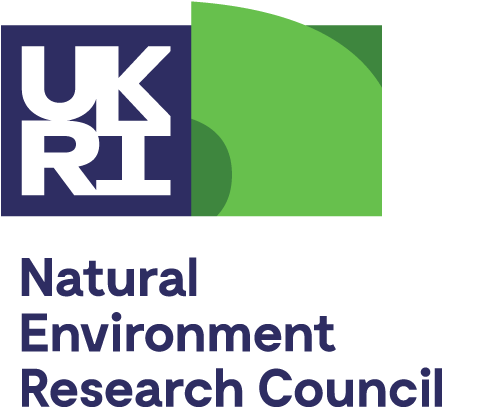Visiting SoS RARE university partners in Brazil
Following the fieldwork at Serra Dourada, our SoS RARE group were fortunate to make a brief visit to the University of Brasilia, where we met Berhnard Bühn who has worked on REE in apatite and fluid inclusions previously, and saw the excellent departmental geological museum that he now runs. We also visited the probe lab, where besides the JEOL probe, there is a new FEI QEMSCAN still in in boxes and awaiting installation.
I then travelled on to visit our SoS RARE FAPESP-funded team members, Daniel Atencio and Marcelo Andrade at the University of São Paulo (USP). Daniel and Marcelo are specialists in crystallography and systematic mineralogy. One of the first samples I was shown was the recently described new mineral, waimirite-(Y)(YF3), which was found practically simultaneously in two alkaline complexes undergoing exploration for REE, one in Brazil and one in Saudi Arabia.
Then, a bit disappointingly, perhaps, a specimen from Bahia that Daniel has been working on to describe the new mineral, parisite-(La). This material has been advertised for sale as containing large crystals of synchysite-(Ce), a mineral that we are looking for to help with research on minerals processing characteristics. Unfortunately, the original mineral has altered to multi crystalline pseudomorphs and Daniel had observed no synchysite. It seems that synchysite just does not form large crystals. If anyone has examples of large crystals, I would very much like to hear from them. We discussed USP work on eudialyte from Poços das Caldas, which may well be similar to Greenland eudialyte being studied at St Andrews. The USP team already have good data on the eudialyte compositions and we will be able to make a comparison.
USP has powder diffractometry and also single crystal diffractometer at the San Carlos institute outside USP, which is where Marcelo is based. Marcelo has recently won FAPESP money to purchase a Horiba Raman spectrometer for mineral characterisation, to follow on from post doc work with Bob Downs in Arizona (NB Marcelo’s sweatshirt☺). They also have an excellent electron beam analytical facility including a JEOL FEG probe. A new geochronology lab was built at the Institute of Geosciences several years ago, and this houses a suite of top-class equipment including SHRIMP, Ar-Ar dating, and SEM-CL.
I was really pleased to meet Fabìo Andrade, who worked on REE in carbonatite for his PhD but is now concentrating on applied mineralogy, including cement and concrete. Fabio took me to meet Henrique Kahn in the Department of Mining and Petroleum Engineering and see the mineral characterisation lab that he manages. The lab is impressive with FEI Quanta 650 MLA, CT scanner, SEM/EDS, new XRF and XRD, ICPAES, Sizers, - pretty much all equipment, looking new or well- maintained in a neat, clean but busy lab.
We also made connections with other USP scientists working on REE, including an guided tour of the lab of Hermi Brito in the Institute of Chemistry, where we learned of their work on REE luminescence chemistry and its applications and saw newly developed long lived REE fluorescence compounds of Eu, Tb and, unusually, Tm.
Frances Wall, 29 July 2016








